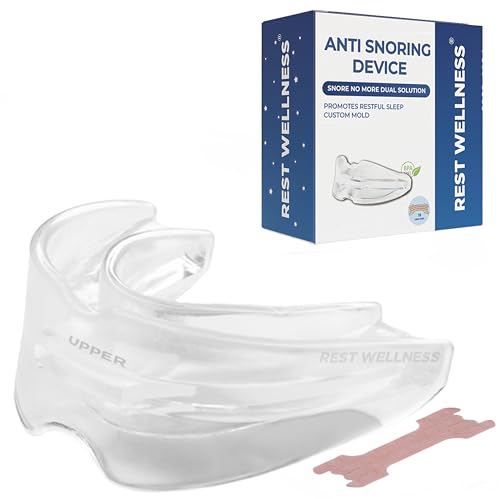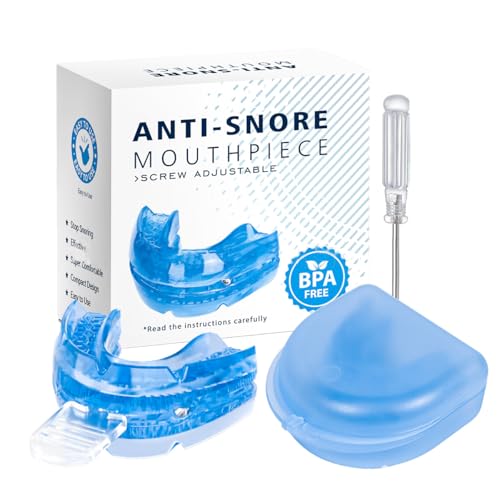Obstructive Sleep Apnea (OSA) is a sleep condition attributed to shallow breathing, or a complete lack of breathing, for a period of time while asleep.
These periods of not breathing are only medically recognised if they last for more than 10 seconds, and happen at least 10 times every hour. It is estimated to affect around 3 to 7 per cent of the general population.
Symptoms
Symptoms may first be noticed by someone else, who is present while you sleep. The symptoms of OSA in someone who is sleeping include:
- Loud snoring
- Noisy and strenuous breathing
- Gasping and snorting
- Noisy breathing followed by silence
Many people wake up in the morning and have no recollection of experiencing breathing difficulties during the night, although they may remember having to urinate frequently, or having night sweats. Daytime evidence that you may have OSA may include:
- Decreased libido
- Erectile dysfunction
- Fatigue
- Feeling tired upon waking
- Headaches
- Mood swings
Causes
During the day, muscles in your throat work to keep your airway stiff and open in order to allow airflow through it and into the lungs.
During sleep, the muscles relax slightly, subsequently narrowing the airway. Usually this is not a problem and airflow isn’t stopped, but if you have OSA, excess fat or the muscles supporting your tongue and tonsils block the narrowed airway.
Risk factors of OSA include:
- Having a family member with OSA
- Menopause
- Smoking
- Being obese or overweight
- Being male
- Being over 40 years old
Treatment
Treatments for OSA includes surgery, lifestyle changes and sleep apnea devices. Mild sleep apnea can be treated completely through utilising lifestyle changes. Losing weight has positive effects on OSA symptoms, and is achieved through diet and exercise.
Aim to exercise for around 150 minutes per week. This can be in the form of aerobic exercises such as dancing, walking, running, swimming and cycling, or through resistance training.
It is also advisable to follow a diet lower in carbohydrates, focusing on eating high quality carbohydrates whenever you do eat them. Refined white grains should be replaced with healthier whole grains, but these should still be consumed in moderation.
The bulk of your energy needs should come from polyunsaturated and monounsaturated foods, while limiting saturated fat intake. Also focus on eating fruit and vegetables in abundance. Beneficial foods to include in your diet are:
- Meat – poultry, beef, pork and game meat (grass fed and organic are best)
- Fish – salmon, mackerel, herring, cod and haddock (wild fish are best)
- Organic eggs
- Vegetables grown above ground: cucumber, broccoli, cabbage, asparagus, zucchini, eggplant, spinach, olives, mushrooms cauliflower, lettuce, avocado, Brussels sprouts, onions, peppers and tomatoes (organic is best)
- Full-fat dairy – cheese, butter, cream and Greek yoghurt (drink milk in moderation as it contains sugar)
- Low-carb nuts – macadamia nuts, brazil nuts, pecans and walnuts (hazelnuts, almonds and peanuts in moderation)
- Once per day – fruit (as fruit contains sugar and too much can be detrimental)
- Once per week – grains and veg grown underground – pasta, bread, rice, potato, sweet potato, porridge, breakfast cereal and other treats such as raw dark chocolate (treat these as occasional indulgences)
Avoid the following:
- Sugar – sweets, chocolate, ice cream, soft drinks and fruit juice
- Chips and crisps
- Trans fats, vegetable oils and omega-6 fats – hydrogenated oils, sunflower, safflower, soybean, cottonseed and corn oils
- Processed meats – bacon, salami, luncheon meat and sausages






